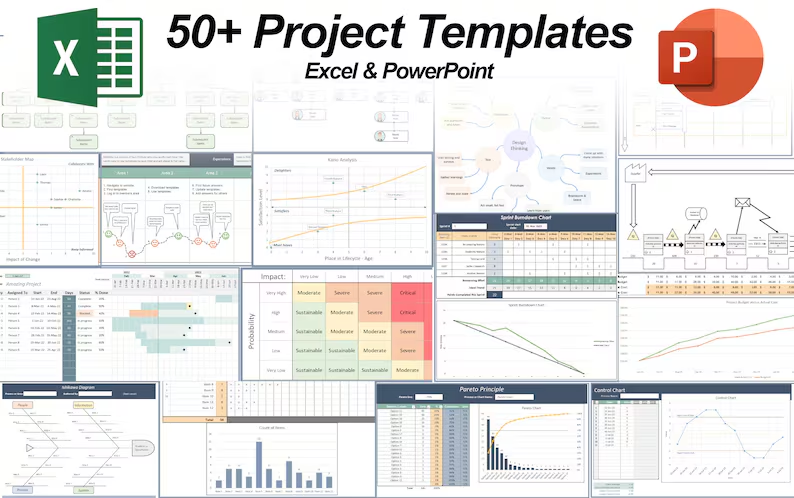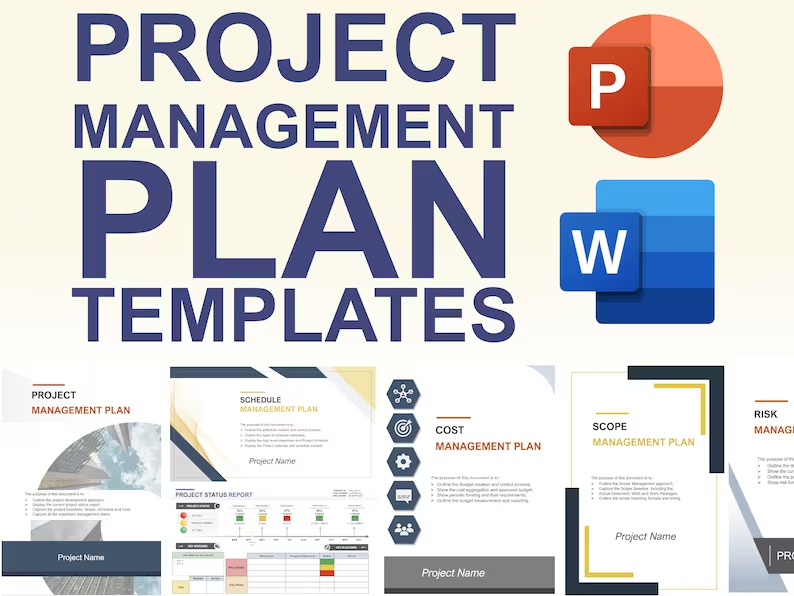
Prototype First, Then Build With Less Risk
If you’re working in or studying Project Management, it is essential to know about Prototyping and the different types of prototypes you might use.
A Prototype is a small, low cost version of the real thing, so we can see if it works and whether we really want it.
The idea of Prototyping works in any form of project. We might build a house or a bridge using a sequential, step-by-step approach (such as Waterfall). The prototypes we’ll use on these projects might include architectural designs, blueprints, or 3D models created by a draftsman or engineer to help us see if the design will work.
In a software environment, it is common to create a storyboard or wireframe of the new system, so we can see if it flows well when we “use” it, and we can see if the design works for any customers that trial it.
These are the most popular Prototypes you’ll come across:
Mock-ups or Wireframes: A simple drawing or design of the new idea.
Process Maps: Connecting process steps with boxes so you can see how a new process will flow.
Storyboards: Connect your designs together to link as they would in the real item, as you navigate a new design.
Computer generated models (2D or 3D): Using Blender or CAD, or cardboard and glue, you can see it in more depth and make corrections early.

See more Project Management Picture Concepts:
- How The Cost of Quality Increases On Your Project
- How to Measure Business Value for Your Project (NPV, ROI and more!)
- Scrum Roles & Responsibilities
- The Change Control Process in Project Management
- Prototypes in a Waterfall or Agile Project
- Agile Estimating Techniques – Planning Poker and More
- Good versus Bad Project Management
- Benchmarking: How To Do It
- Project Management Office (PMO) Types
- Project Benefit Types – Tangible and Intangible
You can see what people are saying about David McLachlan here: REVIEWS
Navigate to Free Project Management and Leadership Articles through the links on the right (or at the bottom if on Mobile)



